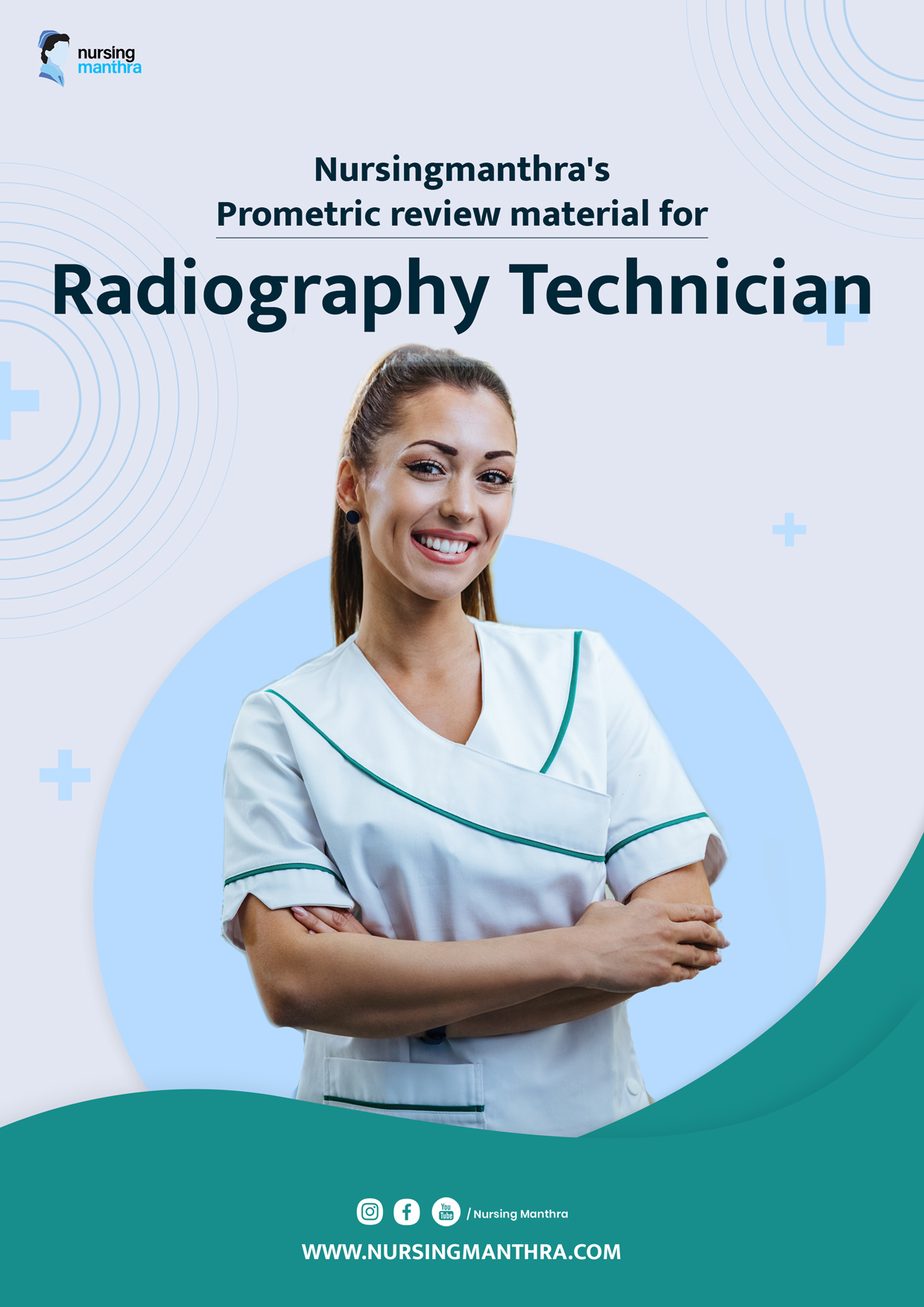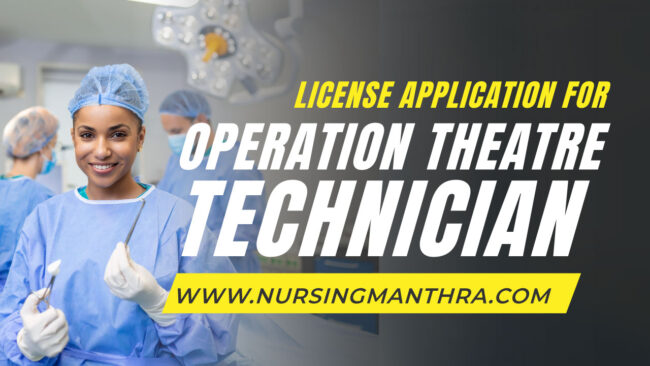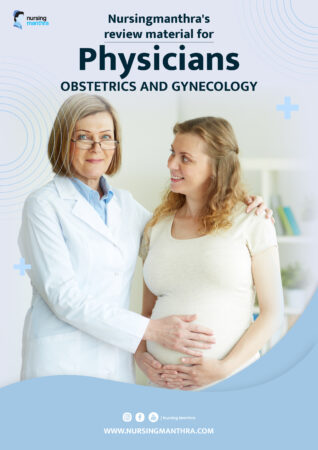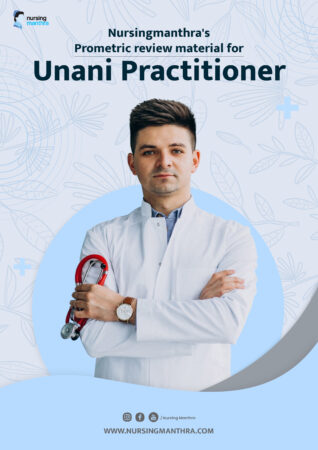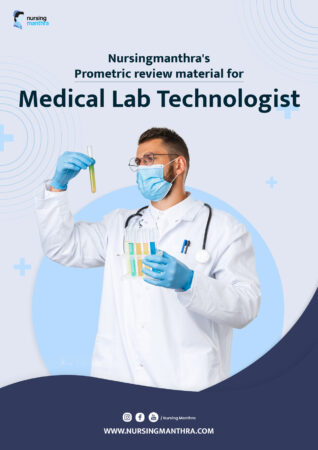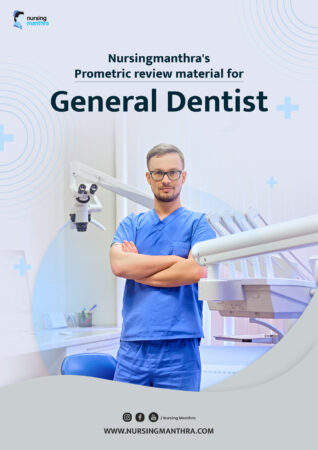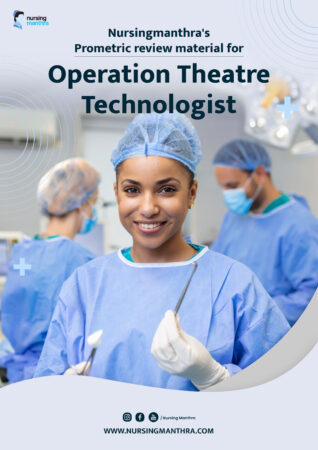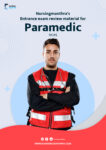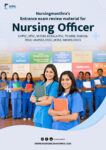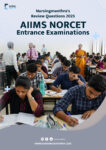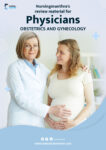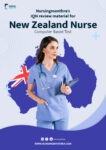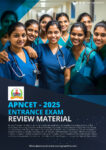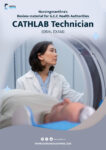1. Which quadrant is the liver primarily located in the human abdomen?
A. Left upper quadrant
B. Right upper quadrant
C. Left lower quadrant
D. Right lower quadrant
Answer: B. Right upper quadrant
Rationale: The liver is primarily located in the right upper quadrant of the abdomen, extending slightly into the left upper quadrant.
2. Which part of the X-ray tube generates X-rays?
A. Filament
B. Glass envelope
C. Anode
D. Control panel
Answer: C. Anode
Rationale: X-rays are generated when electrons from the cathode hit the anode target, usually made of tungsten
3. Which radiographic view is best to assess lung fields and cardiac size?
A. Lateral view
B. Anteroposterior (AP) view
C. Posteroanterior (PA) view
D. Oblique view
Answer: C. Posteroanterior (PA) view
Rationale: The PA view reduces magnification of the heart and provides a clear image of both lungs, commonly used in chest radiography.
4. What is the primary use of Fluorodeoxyglucose (FDG) in medical imaging?
A. Detect gallstones
B. Assess muscle activity
C. Evaluate metabolic activity in cardiac and liver tissues
D. Measure blood pressure
Answer: C. Evaluate metabolic activity in cardiac and liver tissues
Rationale: FDG is a radioactive glucose analog used in PET scans to detect increased glucose metabolism, common in cancer, cardiac, and liver imaging.
5. What is a common side effect of Gadolinium contrast agents in MRI?
A. Fever
B. Dizziness
C. Nausea
D. Hair loss
Answer: C. Nausea
Rationale: Gadolinium-based contrast agents may cause nausea, headache, and rarely, allergic reactions or nephrogenic systemic fibrosis in renal failure patients.
6. A blacksmith patient comes for an MRI scan. What should the radiographer do first?
A. Perform the scan quickly
B. Allow entry with protective gear
C. Ask if he has any metallic implants
D. Skip the safety screening
Answer: C. Ask if he has any metallic implants
Rationale: Metal in the body can cause harm or artifacts during MRI. Blacksmiths may have embedded metallic fragments, so thorough screening is essential.
7. After a major accident, which scan is best for full-body assessment?
A. MRI
B. CT Scan
C. PET Scan
D. X-ray
Answer: B. CT Scan
Rationale: CT scans provide fast, detailed images of multiple body regions, making them ideal for trauma assessment.
8. During a brain CT scan, ear bleeding is noted. Which bone is likely fractured?
A. Temporal bone
B. Parietal bone
C. Occipital bone
D. Frontal bone
Answer: A. Temporal bone
Rationale: The temporal bone houses the ear structures. Fracture here can lead to ear bleeding and CSF leakage.
9. In ultrasound color Doppler, what do colorful lines indicate?
A. Air
B. Bone movement
C. Blood flow direction and velocity
D. Nerve conduction
Answer: C. Blood flow direction and velocity
Rationale: Doppler ultrasound colorizes blood flow – red and blue indicate direction and speed of blood movement in vessels.
10. What is an effective way to reduce patient anxiety before a scan?
A. Ignore questions
B. Leave patient alone
C. Explain the procedure clearly
D. Rush through the procedure
Answer: C. Explain the procedure clearly
Rationale: Patient anxiety can be reduced by giving a clear explanation of the procedure, time required, and expected sensations.
11. If an ultrasound machine stops working after being plugged into a different socket, what is the likely issue?
A. Machine is overheated
B. Patient touched the probe
C. Voltage mismatch or power surge
D. Software crash
Answer: C. Voltage mismatch or power surge
Rationale: Plugging the machine into a socket with incorrect voltage can cause electrical malfunction or protection circuit activation.
12. Why might a patient be irritable during echocardiography?
A. Low blood pressure
B. Cold gel application
C. Discomfort due to probe pressure or lying position
D. Excess caffeine intake
Answer: C. Discomfort due to probe pressure or lying position
Rationale: Patients may feel discomfort from prolonged positioning and chest probe pressure during echo scans.
13. What is the purpose of T1- and T2-weighted imaging in lumbar spine MRI?
A. Bone fractures
B. Metal detection
C. Differentiating soft tissue structures
D. Measuring blood pressure
Answer: C. Differentiating soft tissue structures
Rationale: T1 and T2 images help distinguish normal from pathological tissues—T2 shows fluid/inflammation, T1 shows fat and anatomical detail.
14. A patient presents with a head injury. Which scan is preferred first?
A. MRI
B. PET scan
C. CT scan
D. Ultrasound
Answer: C. CT scan
Rationale: CT is faster, readily available, and excellent at detecting hemorrhages and fractures in acute head trauma.
15. X-ray requisition says left hand, but patient reports right hand injury. What should the radiographer do?
A. Take both hands
B. Proceed with left-hand X-ray
C. Clarify with referring doctor
D. Ignore and proceed
Answer: C. Clarify with referring doctor
Rationale: Never assume or alter orders without confirmation. Clarification ensures correct imaging and documentation.
If you would like access to more questions for the Radiographer (Medical Imaging Technologist) Prometric Exam, you can purchase the complete study material using the link provided below. For any assistance or to request the material, please contact NursingManthra via WhatsApp.” +971502515717

